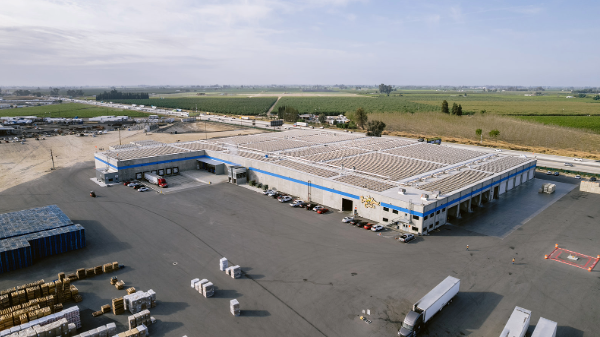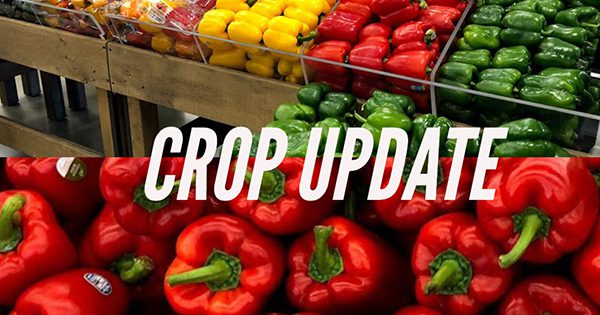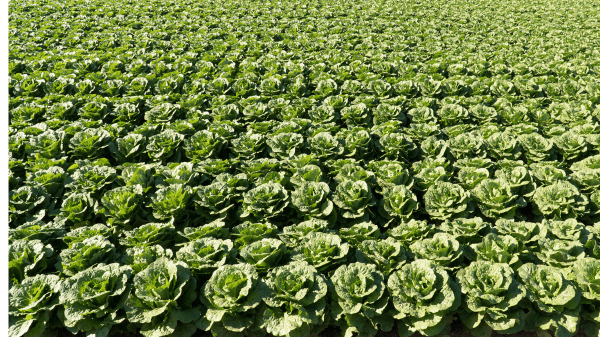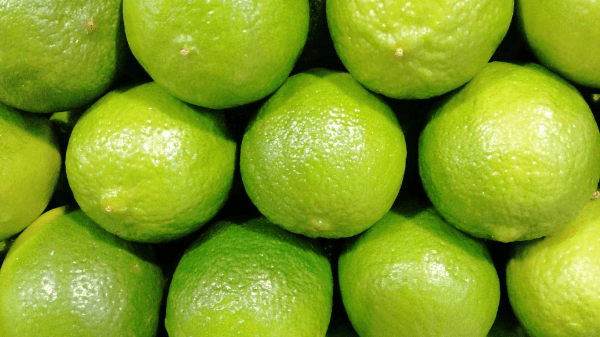Welcome to Blue Book!
Are you ready to join the thousands of companies who rely on Blue Book to drive smarter decisions? View our plans and get started today!
Still have questions? We’d love to show you what Blue Book can do for you. Drop us a line– we’ve been waiting for you.
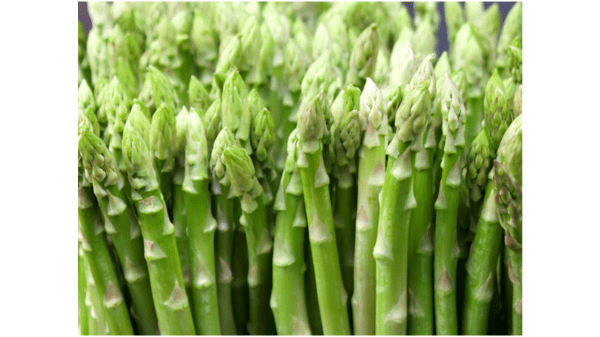
The Peruvian asparagus market faces a reduction in cultivation areas and climate challenges but maintains its international relevance and demand.

With continuous production twelve months a year and more than 220 hectares cultivated in Paiján, in northern Peru, Agroexportaciones Perú responds to the international demand for green asparagus in a context of declining supply from other producers.
“Our strength is having our own production year-round. This allows us to maintain continuity in quality and volume,” says Henry Espinosa, a company representative, to Agraria.
Unlike other companies in the sector that have reduced their cultivation areas due to climate change or the search for more profitable crops, Agroexportaciones Perú has opted to expand. Last year, it exported 500,000 boxes, and for the 2025 campaign, it estimates reaching 750,000 to 800,000 boxes.
Its main markets are the United States (60 percent) and Europe (35 percent), and the remainder is distributed in Central and South American countries, with Brazil as one of the emerging destinations. “We used to ship 300 boxes per week to Brazil. Today we’re at 2,000 boxes. We’ve tripled the volume and see a market with great potential,” explains Espinosa.
Price performance has been more favorable to growers compared to previous campaigns.
“We’re talking about $18 to $19 FOB per 5-kilo box, which is already profitable for the producer,” he said.
However, freight costs continue to be a drawback. “There are months when ocean freight can reach $2 per kilo, which makes us less competitive compared to other products like blueberries, which command better rates,” he adds.
In terms of sustainability, the company has implemented the use of solar energy in its fields and plants.
“We don’t produce anything without solar energy. In addition to being more cost-efficient, it’s a way of protecting the environment, which is highly valued by our customers, especially supermarkets in Europe,” he said.
Regarding the future of the asparagus industry in Peru, Espinosa is optimistic: “Although the country’s total volume is declining, this stabilizes prices. Asparagus remains a flagship product for Peru, and we are committed to continuing to grow in area and positioning.”
With plans to incorporate 100 to 150 additional hectares this year, Agroexportaciones Perú seeks to increase its production capacity and strengthen its presence in international markets through direct agreements with supermarkets and importers.



